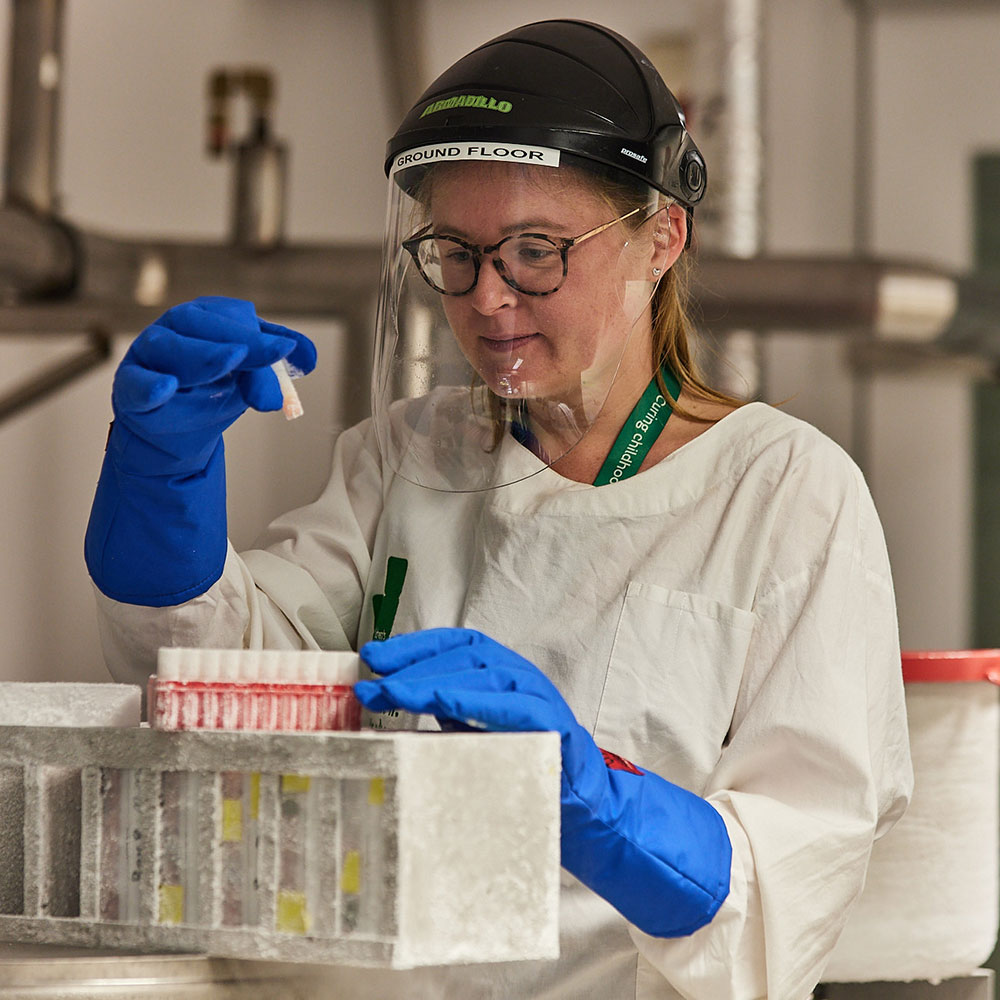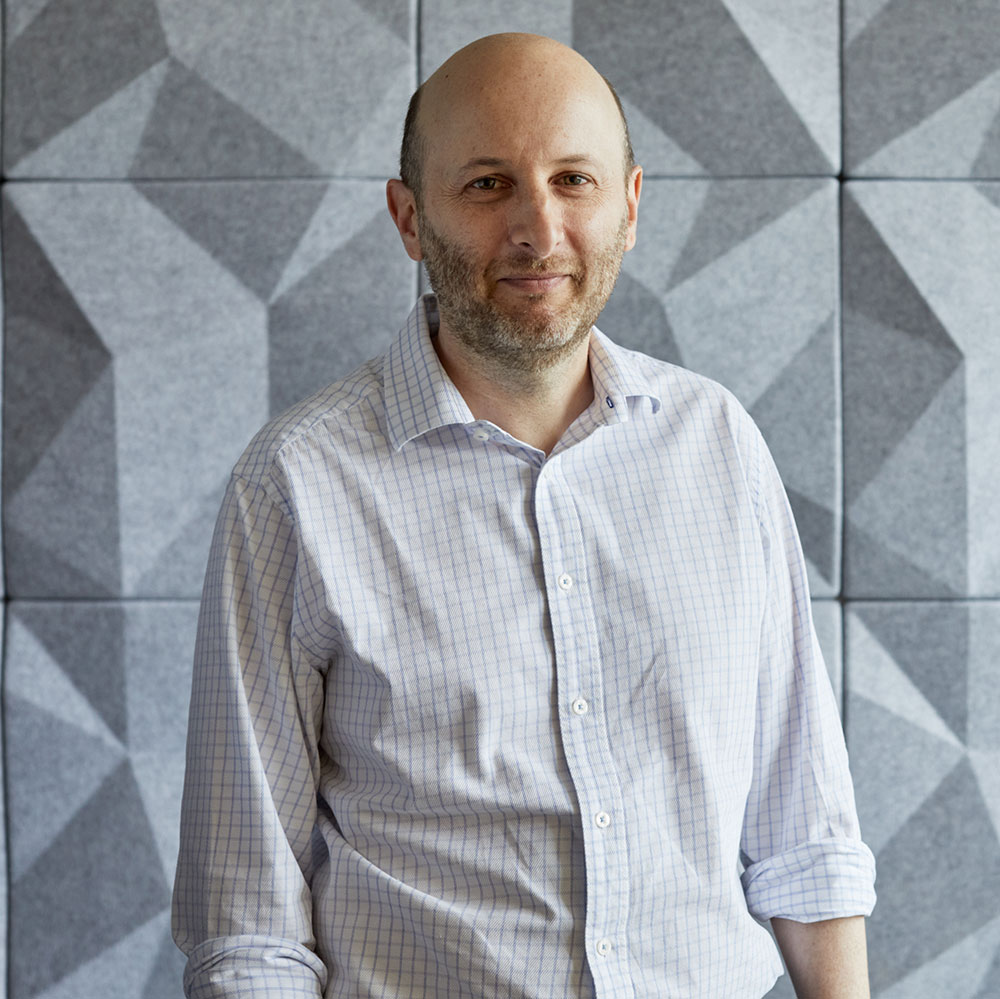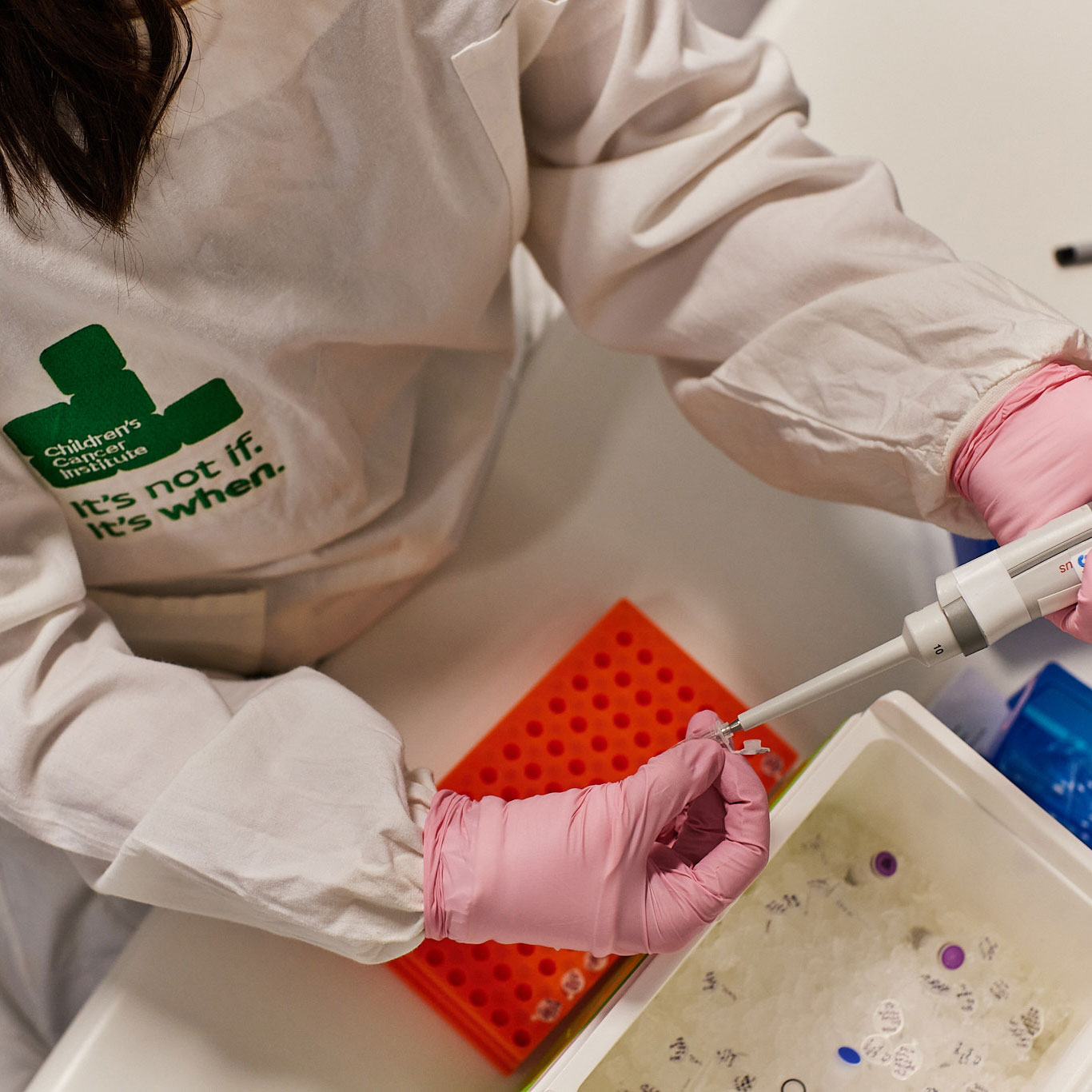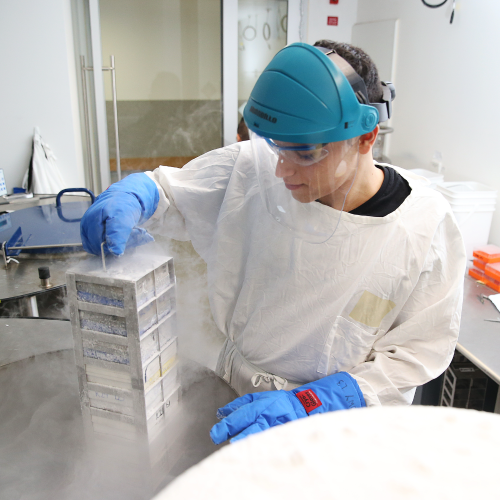When an Australian child is diagnosed with the blood cancer, acute lymphoblastic leukaemia (ALL), the treating clinician is almost certain to make use of an important DNA-based technique called ‘minimal residual disease testing’ to help guide treatment decisions. But for children diagnosed with solid tumours, no such test is available.
New Australian research, led by scientists at Children’s Cancer Institute published this month in the British Journal of Cancer, brings us one step closer to having such a tool.
The research shows that the new technology of whole genome sequencing (WGS) can be used to identify tumour-specific ‘markers’ − gene alterations unique to an individual patient – which can, in turn, be used to measure cancer levels in that patient’s body at different points in time. Specifically, the markers allow the detection of ‘minimal residual disease’ (MRD): cancer cells that have survived treatment and will lead to relapse, if allowed to do so.
MRD testing has proven to be a game-changer for children with ALL, helping clinicians monitor disease progression and treatment response, and enabling the early detection of relapse. Now, it is hoped that the same can be done for children with solid tumours.
To investigate the feasibility of using WGS technology as the basis of MRD testing for solid tumours, the researchers used data from the Zero Childhood Cancer Program (ZERO), Australia’s first personalised medicine program for children with cancer, which involves extensive molecular testing and analysis of children’s tumours, including WGS. Since the program began in 2015, it has generated unprecedented data about cancer in children, including previously unavailable genomic data.
According to lead researcher, Dr Toby Trahair, Clinical Research Fellow at Children’s Cancer Institute, and paediatric oncologist at the Kids Cancer Centre, Sydney Children’s Hospital, it is the availability of this data that has opened the door to developing an MRD test for children with solid tumours.
“Progress in developing this kind of test has been hampered by a lack of necessary data,” he explains. “Because of the whole gene sequencing done through ZERO, we now have access to information we simply didn’t have before. What we’ve done for this study is investigate whether we can use that data for the purpose of MRD testing in children with solid tumours.”
Specifically, the study asked whether identifying tumour-specific gene sequences using WGS can lead to an accurate and reliable way of detecting and measuring MRD in a patient’s bone marrow and peripheral blood. According to its findings, the answer to that question is Yes. And while their research focused on high-risk neuroblastoma and Ewing sarcoma, the authors believe the findings are likely to be applicable to multiple types of cancer.
The clinical implications of the findings will need to be explored in prospective clinical trials. However, Dr Trahair is optimistic. “In the ZERO national clinical trial [2017-2020], the average time it took to generate detailed genomic data for a patient was just over 7 weeks. A validated MRD assay can be developed and applied within 6 weeks of receiving genomic data. This means it would be feasible to provide real-time MRD results for a child with high-risk neuroblastoma or Ewing sarcoma from mid-induction therapy onwards. That’s very exciting, because it means those MRD results have the potential to change the outcome for that child.”
This work was made possible by funding from Children’s Cancer Foundation, Australia and the funding partners of the Zero Childhood Cancer Program.














